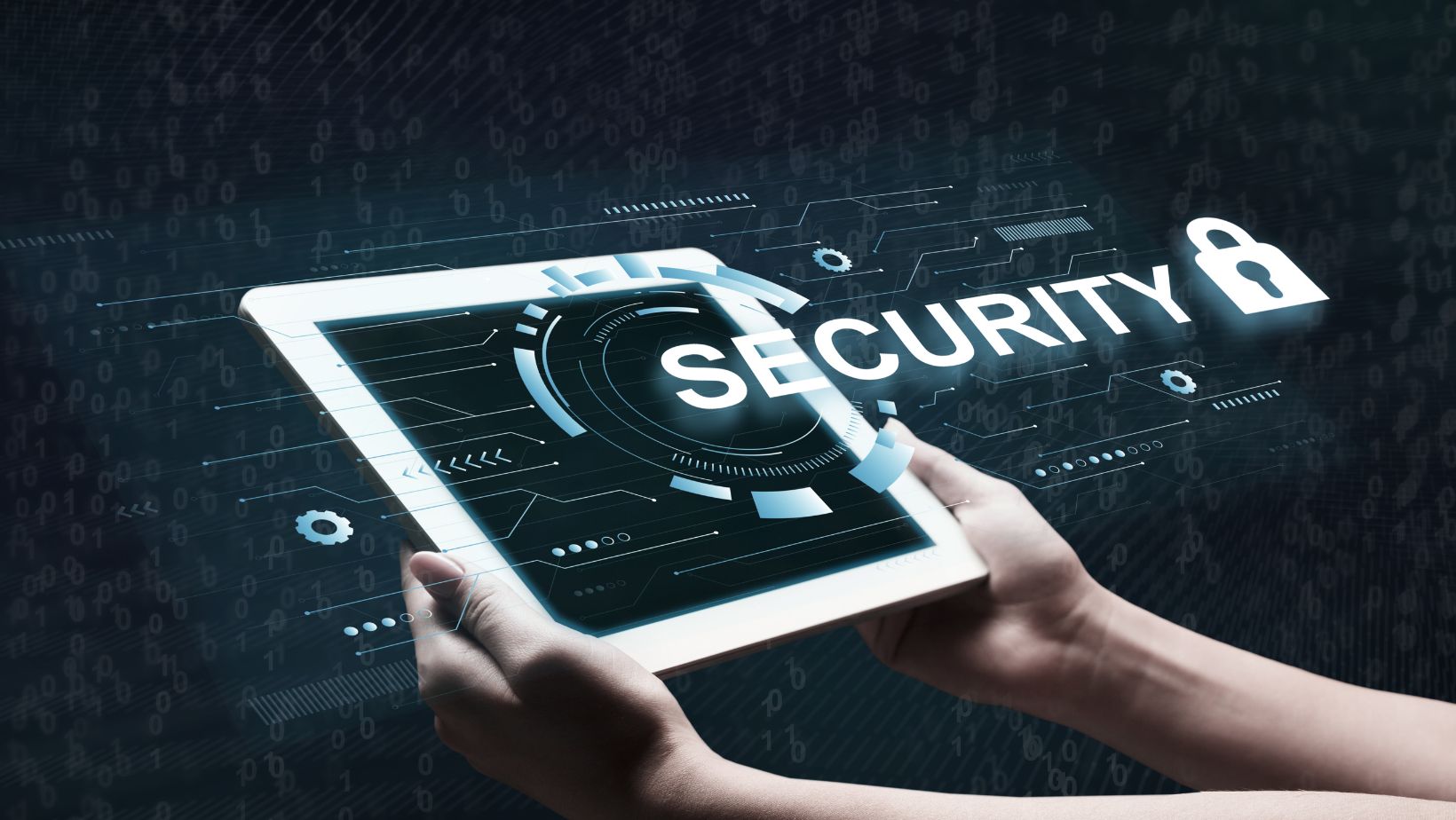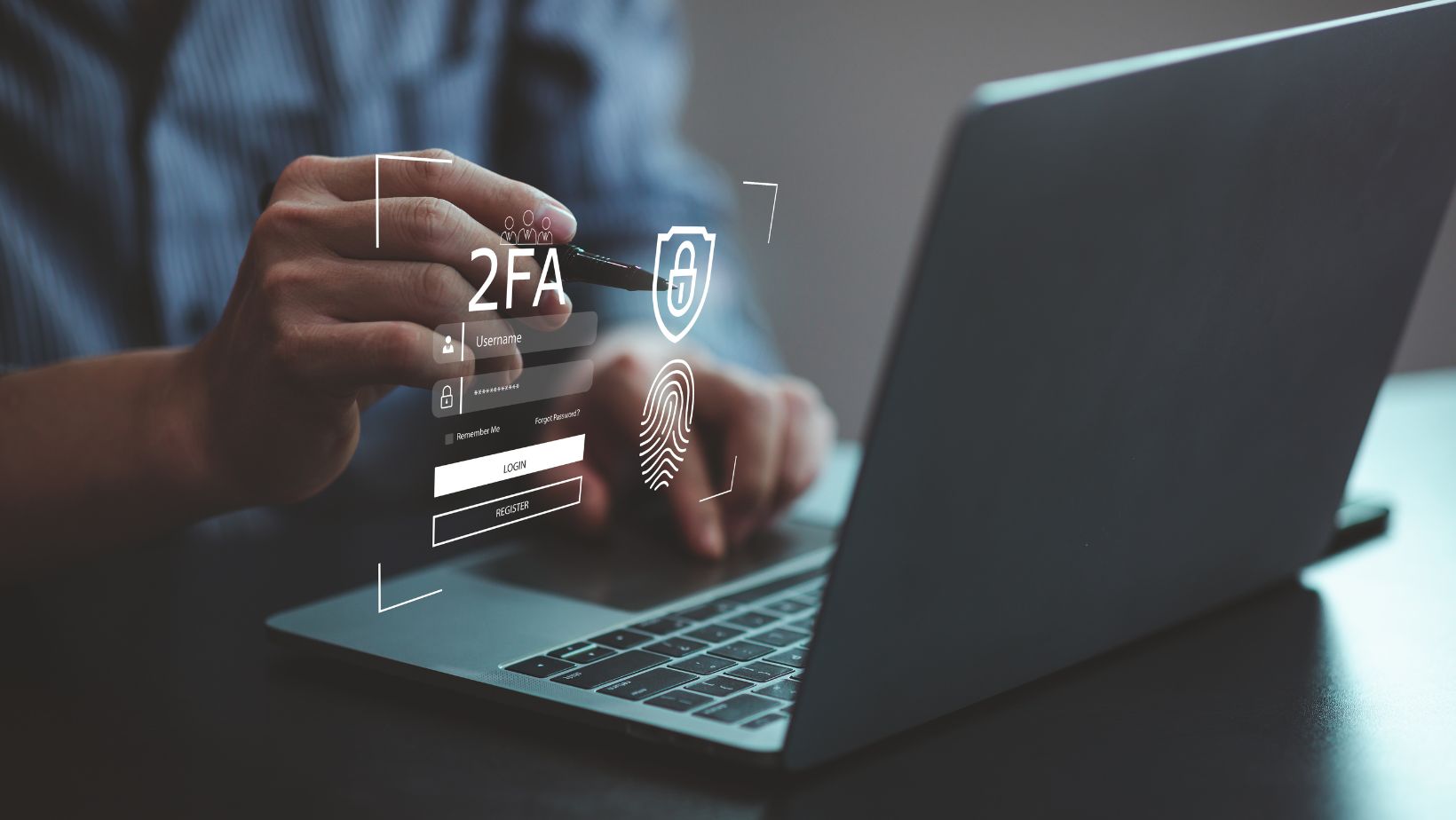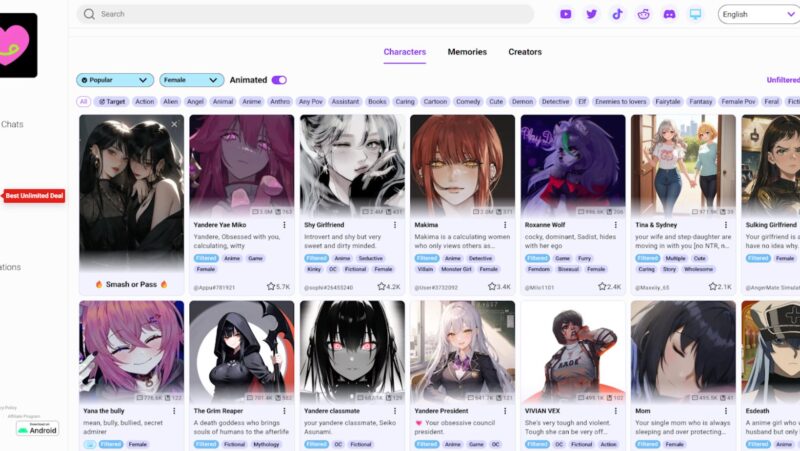
The rapid growth of online learning has made it an essential educational component for students and teachers worldwide. Digital platforms improve education accessibility and convenience but also introduce security vulnerabilities. Online education faces increasing risks from cyberattacks, data breaches, and escalating privacy issues. The absence of robust cybersecurity protection exposes personal and academic information, severely affecting students, teachers, and educational institutions. The security of these online platforms must be maintained to provide a safe and efficient educational atmosphere. Integrating cybersecurity testing solutions such as Horizon3.ai can help educational institutions identify system weaknesses early, ensuring that online learning platforms remain secure and resilient against potential threats.
Why Cybersecurity Matters in Online Education
Online education platforms keep vast amounts of confidential information, encompassing personal data, academic histories, and monetary details. Weak security measures enable hackers to breach accounts, making students and teachers victims of identity theft, fraud, and data alterations. These educational platforms frequently face cyber attacks that result in the theft of private information, classroom disruptions, and ransom demands for stolen data.
Without adequate cybersecurity measures, unauthorized individuals could access student and teacher accounts and reveal sensitive information such as home addresses and educational and financial details. Live virtual classes face disruption from hackers who block course materials and send inappropriate content. Criminals execute ransomware attacks by encrypting data and requesting payment to release it. Because of these numerous risks, online learning systems must prioritize cybersecurity.
The growth of online education requires robust cybersecurity practices to protect student information. Learners who need high-quality dissertation writing help can use reliable writing platforms with positive reviews and strong security measures like Academized. This reduces the risk of data breaches and emphasizes cybersecurity’s importance in education.
Common Cybersecurity Threats in Online Learning
With the growth of online education opportunities, cyber threats have become more sophisticated, resulting in security vulnerabilities. Learning platforms face unauthorized access from cyber criminals who deploy multiple tactics to disrupt digital education operations.

The most frequent cybersecurity threats faced by online learning systems are:
- Through phishing attacks, hackers deceive individuals by sending fake emails that trick them into giving up their log in information, resulting in compromised accounts.
- In ransomware attacks, cybercriminals deny users access to their files or accounts while asking for money to return access, potentially causing them to lose their academic records permanently.
- DDoS (Distributed Denial of Service) attacks occur when hackers flood a platform with bogus traffic, triggering system failures and disrupting online classes.
- Student and teacher accounts remain vulnerable because many people choose easy-to-guess or repeated passwords, which hackers can exploit.
Online education systems must implement robust security practices because cybersecurity threats demand immediate action.
How Online Learning Platforms Strengthen Cybersecurity
Online learning platforms constantly enhance their security systems in response to cybersecurity threats. Multi-factor authentication (MFA) is a robust security measure. It requires users to validate their identity through an additional authentication method, such as receiving a code on their phone or email. Implementing this feature strengthens account protection by creating an extra hurdle that hackers must overcome to gain access.
End-to-end encryption serves as a vital security measure by maintaining the privacy of data shared between students, teachers, and educational platforms and safeguarding it against hacker attacks. Numerous platforms maintain security by releasing frequent updates that patch vulnerabilities and strengthen defenses against emerging cyber threats. Cybersecurity has increasingly begun to utilize artificial intelligence systems to detect and prevent harmful activities before they can cause damage. The development of online learning platforms has resulted in safer and more dependable educational environments for students and educators.
What Students and Teachers Can Do to Stay Safe
Online learning platforms are working on better security measures, but users must take personal actions to safeguard their information.

A fundamental but powerful way to secure your accounts requires creating robust passwords that differ for each account. Reusing passwords across different platforms enables hackers to access victims’ information, and many cyberattacks happen because of this practice.
Two-factor authentication provides an additional security measure that prevents unauthorized access to accounts even if passwords become known to hackers. Teachers and students must exercise caution when opening emails and clicking links by avoiding suspicious messages and never opening unexpected attachments. Software and device updates are essential because they usually include security patches that protect from emerging threats. Users who implement these protective practices will significantly lower their chances of being targeted by cyberattacks.
Secure Learning in the Digital Age
Online education requires effective cybersecurity measures to protect students and teachers from risks while they learn and communicate. The expansion of digital learning requires that the protection of sensitive data consistently remains the highest priority. Online platforms are enhancing their security measures, yet users need to adopt safe online habits to stay protected. Online learning maintains security and effectiveness through high-quality security systems and innovative user behaviors. Learning platforms must maintain security to enable students to study without concern over cyber threats.












